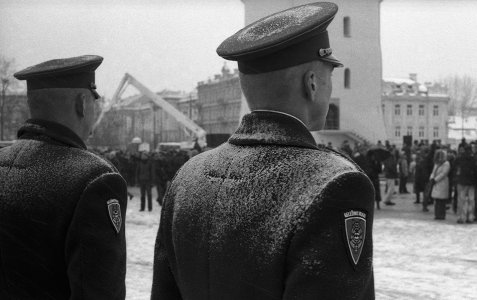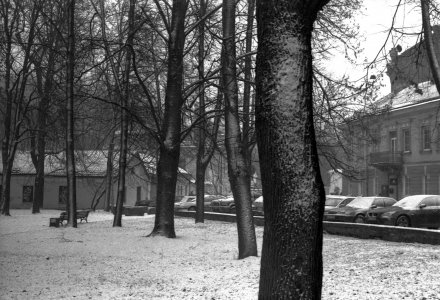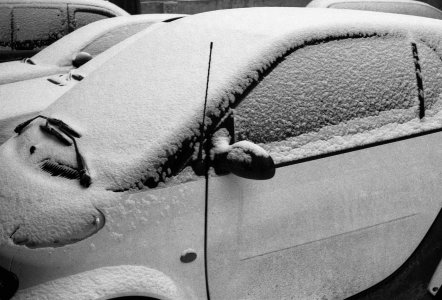The issue isn't that the Industar isn't sharp, it's just that the FSU backfocus is present when used on a Leica (even with such a slow lens!), and that causes a slight softness which isn't present when it's used on a Zorki.
On a mirrorless camera where the difference in rangefinder specifications don't come into play, an unbutchered Industar 22 is, indeed, quite similar to a good collapsible Elmar.
And because I have nothing better to do, here's a prime example of that, shot just now in my living room, with terrible light, a tripod, and a quick test using my bookcase.
First, here's the two lenses - a coated 1951 Elmar 50/3.5 and a coated 1950 Industar 22 - shot at f/3.5 on a Leica M240 at 1m from the books:
View attachment 4855518
View attachment 4855519
I focused with the rangefinder on the 75 Years of Leica Photography in the centre. The Elmar is obviously first; from the skateboard next to the bookcase, you can see very clearly that the Industar has back-focused pretty severely, as is standard for a Soviet lens on a Leica. It's worth noting the Elmar had hit the close-focus stop when the M's rangefinder said it was in focus; the Industar still had some way to go.
But here's the exact same lenses on a Fuji X-Pro 2 with all the same setup (tripod hasn't moved, still at f/3.5), only focused with the digital split-image on the Fuji's LCD:
View attachment 4855520View attachment 4855521
This is a
lot closer. They're in the same order - the Elmar first - but you'd be hard-pressed to tell them apart. The Elmar is a bit lighter (despite both lenses set to the same aperture), and the Industar is softer towards the edges (which could just be a centering/alignment issue; the collapsible mechanism feels a bit worn on my Industar 22). I think in real-world shooting, you wouldn't really spot much difference - as long as you're not using a rangefinder.
(It's also worth noting that on the Fuji, both lenses hit the close-focus stop, showing it
is a rangefinder calibration issue, not an optical one!)



















